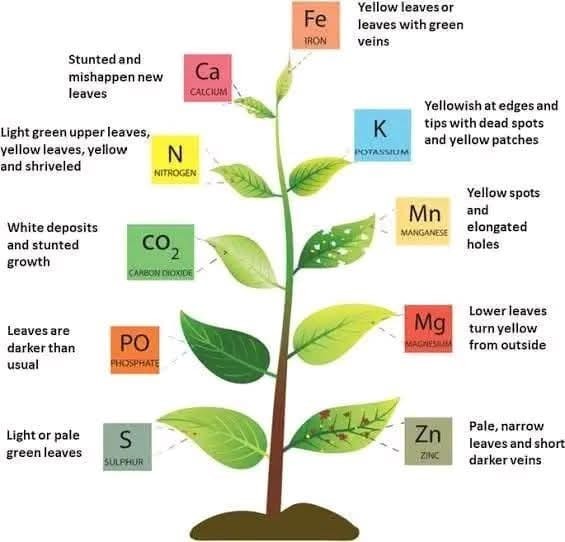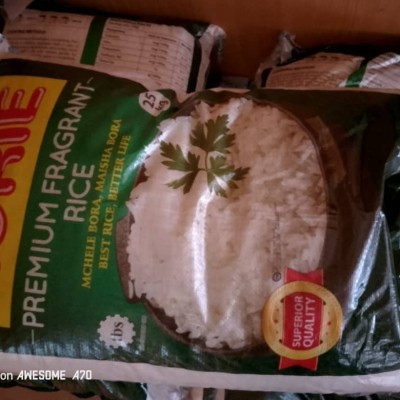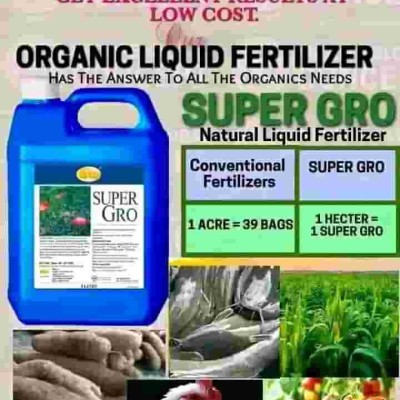Use of Fertilizers :-
Phosphorus
Phosphorus is an important nutrient that is essential for the better growth and production of plants. It is naturally present in the soil, but plants often face its deficiency, due to which the growth of crops is affected. Phosphorus fertilizer is used to meet this deficiency and its use plays an important role in the health of plants, flower and fruit production.
Importance of Phosphorus:-
1) Energy Transfer:-
Phosphorus plays an important role in the process of energy transfer in plants, especially the energy that is used in energy-requiring processes such as protein synthesis, growth and other biological processes.
2) Root Growth:-
Phosphorus helps in the strength and growth of plant roots. It enables the roots to absorb nutrients and water better from the soil.
3) Flower and Fruit Production:-
Phosphorus helps in the production of flowers and fruits, as it helps in the production of pink and yellow pigments in plants, which are essential for the color and fragrance of flowers.
4) Cell Division:-
Phosphorus plays an important role in the process of cell division in plants and is essential for rapid plant growth.
5) Improvement in soil health and structure:-
Phosphorus improves soil structure, which increases the aeration and water drainage capacity of the soil.
Types of Phosphorus Fertilizers:-
1) Sodium Phosphate:-
This fertilizer provides plants with high levels of nitrate and phosphorus.
2) Diammonium Phosphate (DAP):-
This fertilizer provides both nitrogen and phosphorus, which is useful for the early growth of plants.
3) Monoammonium Phosphate (MAP):-
This fertilizer provides phosphorus in particular and reacts well with nitrogen in the soil.
4)Chemical phosphorus fertilizers:-
Such as superphosphate, which fulfill the phosphorus deficiency and help in the development of plant roots.
5) Organic phosphorus fertilizers:-
Compost and manure fertilizers also provide phosphorus, which increase soil fertility.
Functions of phosphorus in plants:-
1) Energy production and storage:-
Phosphorus is essential for the storage of energy in plants and it helps in the transfer of energy, which is important for the growth process.
2) Root development:-
Phosphorus helps in the strength and spread of plant roots, which helps the plant absorb water and nutrients from the soil better.
3) Flower and Fruit Production:-
It helps in the growth of flowers and fruits of the plant, as it is essential for the formation of flowers and the formation of fruits.
4) Plant Growth:-
The presence of phosphorus is essential for the early development of plants and it provides rapid growth to plants even at a young age.
5)Cell Division:-
Phosphorus plays an important role in cell division and the formation of new tissues, which are essential for the rapid growth and development of the plant.
Symptoms of Phosphorus Deficiency:-
1) Leaf Color Change:-
Due to phosphorus deficiency, the leaves of the plant can turn from green to purple or black. This often starts from the lower part of the plant.
2) Leaf Shrinkage and Drying:-
Due to phosphorus deficiency, the leaves start to dry and fall off. The leaves appear weak and shrunken.
3) Slow growth:-
Plant growth slows down, and plant growth stops or is very slow.
4) Lack of flowers and fruits:-
Phosphorus deficiency leads to a decrease in flower and fruit production, and sometimes the number of flowers may also decrease.
5)Weak roots:-
In case of phosphorus deficiency, root development is affected, and the roots become weak, small, and weak.
6)Yellowing of leaves:-
Yellowing of leaves is another important sign of phosphorus deficiency, especially when it starts at the bottom of the plant.
7)Change in plant color:-
Phosphorus deficiency can also change the color of the plant, and it can cause slow growth and lightening in color.
Phosphorus fertilizer plays an important role in plant growth, root health, flower and fruit production, and overall crop production. Phosphorus deficiency severely affects plant growth, health, and yield, so it is important to apply it in the right amount. Soil testing and applying the right amount of phosphorus ensures optimal plant growth and yield.






